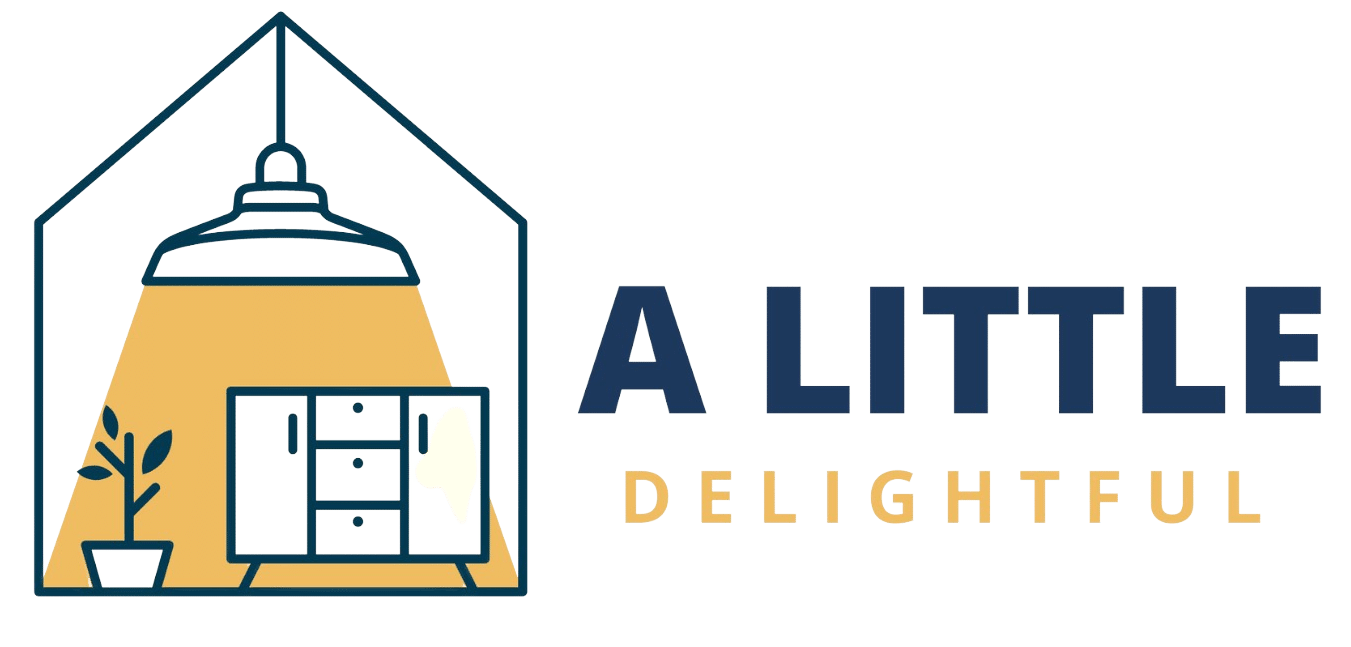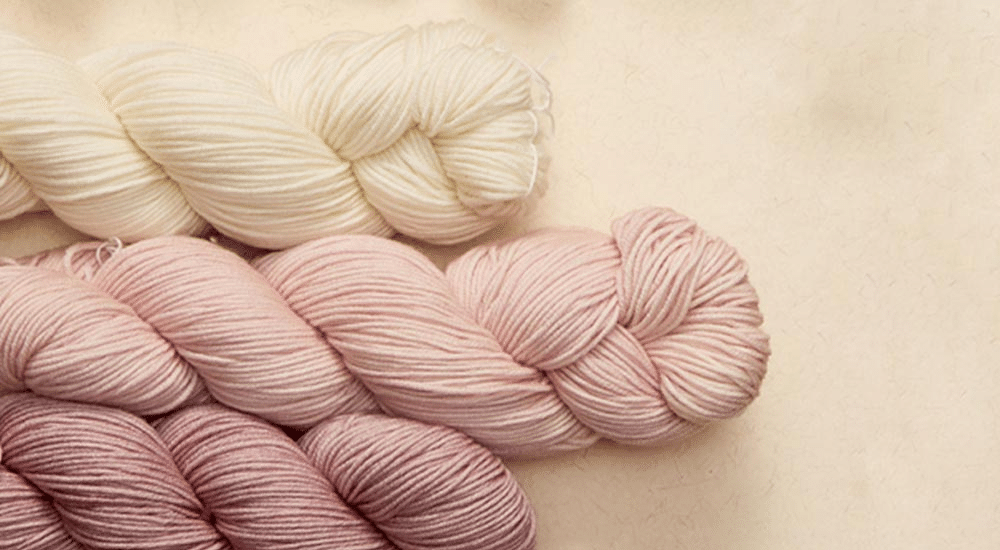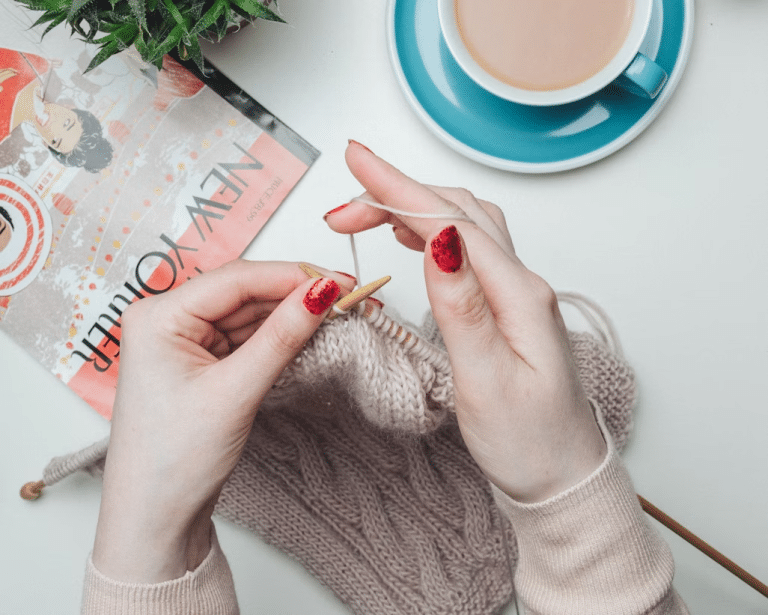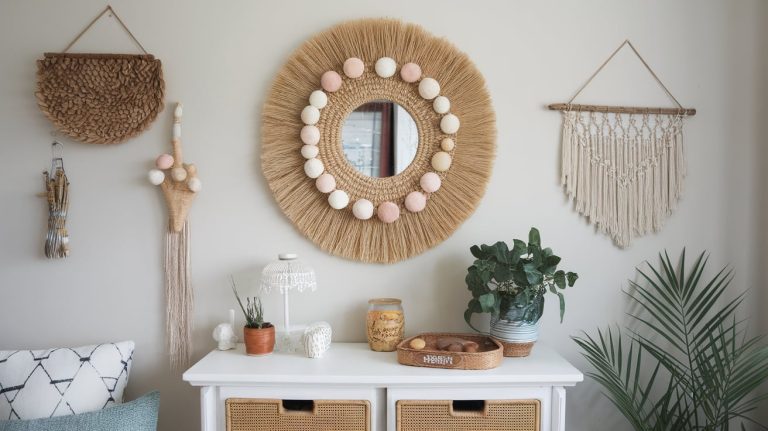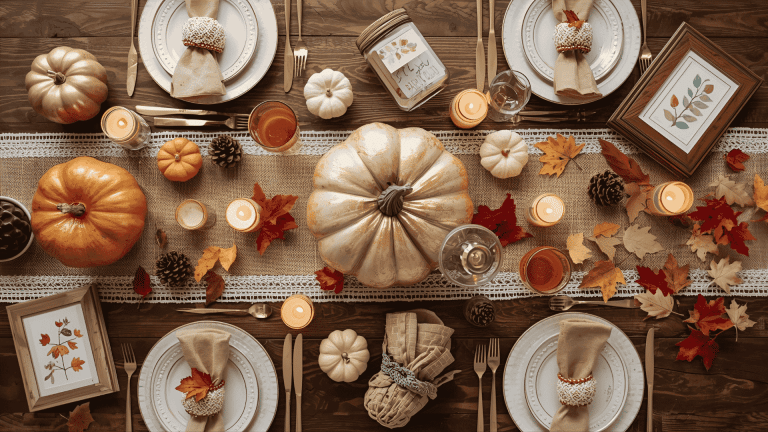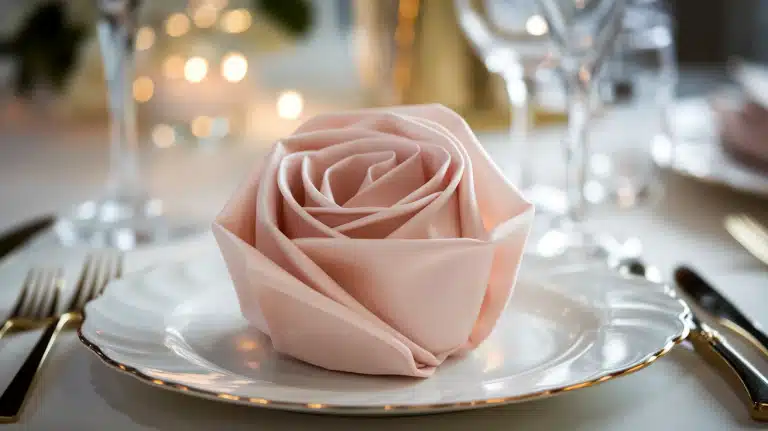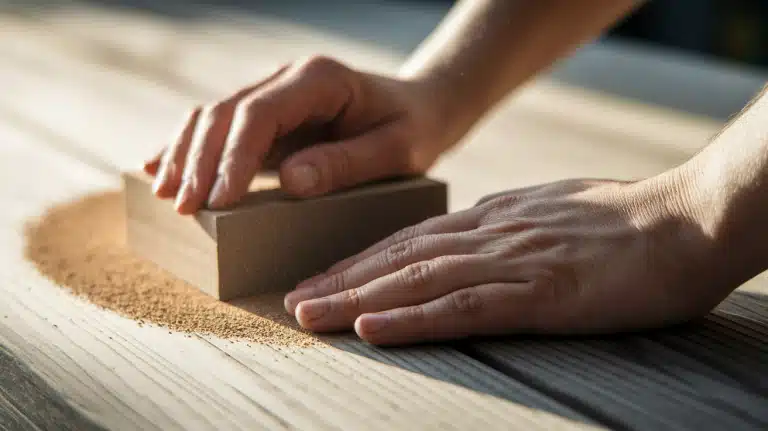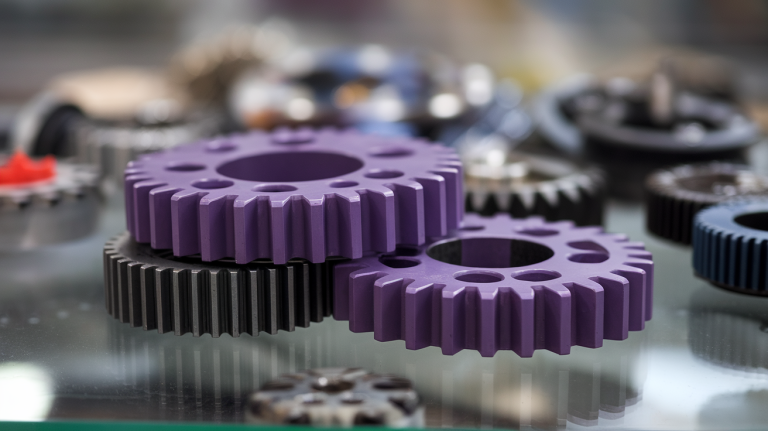The Art of Choosing Perfect Yarn: A Crafter’s Guide to Creating Projects You’ll Actually Love
There’s something deeply satisfying about starting a new knitting or crochet project. The anticipation of creating something beautiful with your own hands, the meditative rhythm of working with yarn, and the pride of finishing a piece you can wear, gift, or display in your home. But here’s the thing that separates projects you’ll treasure forever from those that end up stuffed in the back of a closet: the yarn you choose makes all the difference.
I learned this lesson the hard way when I spent three months working on an intricate blanket using bargain yarn I’d grabbed on impulse. The finished product looked lovely in photos, but it was scratchy, pilled after the first wash, and ultimately became something I never wanted to touch, let alone snuggle under. That experience taught me that yarn selection isn’t just about color or price. It’s about understanding fibers, weights, textures, and quality in a way that ensures your finished project lives up to your vision.
Whether you’re a complete beginner picking up needles for the first time or an experienced crafter looking to expand your skills, understanding yarn fundamentals transforms your crafting experience. It’s the difference between projects that feel like a chore and those that bring genuine joy. Let’s dive into everything you need to know about selecting yarn that will make your projects shine.
Understanding Yarn Weight: The Foundation of Every Project
Walk into any craft store or browse online yarn collections, and you’ll immediately notice numbers and descriptive terms attached to different yarns. These aren’t arbitrary marketing terms. They refer to yarn weight, which is genuinely one of the most important factors in project success. Yarn weight determines how thick or thin your finished fabric will be, how quickly your project works up, and ultimately whether your garment will fit properly or your blanket will have the right drape.
The Craft Yarn Council has standardized yarn weights into categories ranging from 0 (lace) to 7 (jumbo), with each category suited to different project types. Lace and fingering weight yarns (0-1) create delicate, intricate work perfect for shawls and lightweight garments. These take patience and time but produce absolutely stunning results with beautiful stitch definition. If you’re making something meant to showcase complex stitch patterns, lighter weights let those details shine.
Moving up the scale, sport and DK weights (2-3) represent that sweet spot between detail and speed. These weights work up faster than fingering but still show stitch patterns nicely. They’re fantastic for baby items, spring cardigans, and accessories like hats and mitts. Many knitters and crocheters find these weights most comfortable to work with, as they’re substantial enough to see progress but not so bulky that your hands tire quickly.
Worsted and aran weights (4-5) are probably what you picture when you think of “regular” yarn. These are the workhorses of the yarn world, suitable for almost anything. Afghans, sweaters, scarves, and home decor items all work beautifully in these weights. They strike a balance between working up quickly and creating a fabric that’s not too heavy or stiff. For beginners, worsted weight is often the recommended starting point because it’s easy to handle and mistakes are visible enough to catch and fix.
Bulky and super bulky weights (6-7) are all about instant gratification. These thick yarns work up incredibly quickly, making them perfect for last-minute gifts or when you need a finished project fast. Chunky blankets, oversized scarves, and statement pieces benefit from these weights. However, they can create stiff, heavy fabrics if you’re not careful with pattern selection, and they’re generally not suitable for garments that need drape or movement.
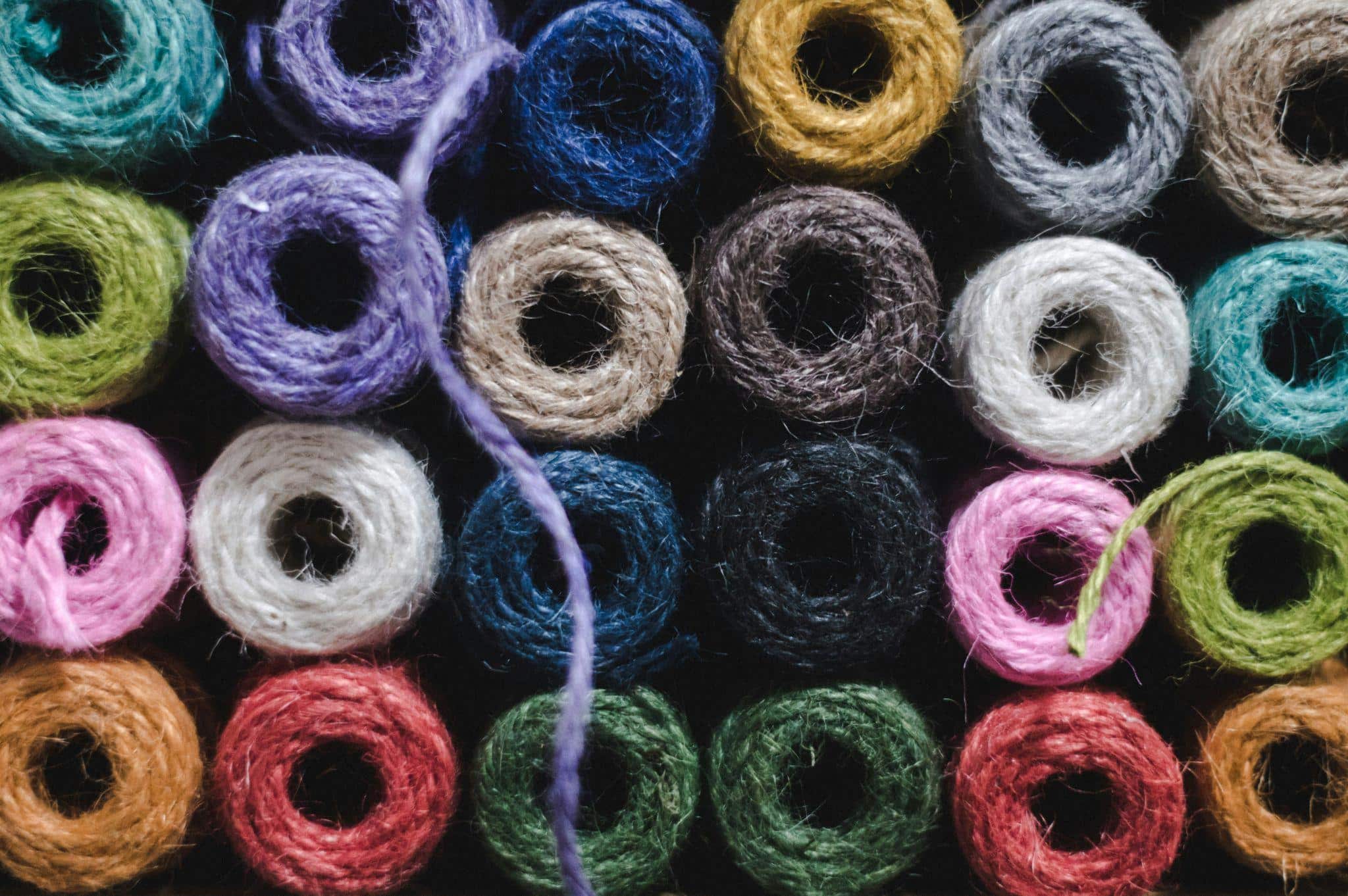
Fiber Content: More Than Just Wool and Cotton
The fiber your yarn is made from dramatically affects how your finished project looks, feels, and performs. Natural fibers, synthetic fibers, and blends each bring different properties to the table, and understanding these helps you match yarn to project purpose.
Wool is the classic knitting and crochet fiber for good reason. It’s naturally elastic, which means your stitches have built-in bounce and your garments maintain their shape. Wool has excellent insulation properties, keeping you warm without excessive bulk, and it’s naturally moisture-wicking. The magic of wool really shows in blocking, when you can pin out lace to open up stitches or shape a garment to perfect dimensions. Different types of wool offer different characteristics. Merino is soft and luxurious against the skin. Shetland is rustic and hard-wearing. Blue-faced Leicester has a beautiful sheen and drape.
But wool isn’t universally loved. Some people find it itchy or have allergies that make wool impossible to wear. That’s where alternatives shine. Cotton creates a crisp, cool fabric perfect for summer garments and dishcloths. It has zero elasticity, which means patterns need to account for this or risk resulting in saggy, stretched-out projects. Cotton shows stitch definition beautifully but can be harder on your hands during extended crafting sessions due to that lack of stretch.
Alpaca, while technically not wool, deserves special mention. It’s incredibly soft, hypoallergenic, and warmer than sheep’s wool. However, alpaca has very little elasticity and quite a bit of weight, so garments made from 100% alpaca can stretch and grow over time. Many crafters prefer alpaca blended with wool to get the softness of alpaca with the structure of wool.
Plant-based fibers like bamboo, linen, and hemp offer unique properties. Bamboo creates silky, drapey fabric with a subtle sheen. Linen starts out crisp and stiff but softens beautifully with washing and wearing, developing a lovely lived-in quality. Hemp is incredibly durable and gets softer over time, making it excellent for items that will see heavy use.
Synthetic fibers get a bad rap in some crafting circles, but they serve important purposes. Acrylic is affordable, machine washable, and comes in an enormous range of colors. For items that need frequent washing, like baby blankets or children’s toys, acrylic’s easy-care properties make it the practical choice. Modern acrylics have improved significantly from the squeaky, plasticky yarns of decades past. Many premium acrylic yarns offer surprising softness and pleasant hand feel.
Blended yarns combine the best properties of different fibers. A merino-silk blend gives you wool’s elasticity with silk’s sheen and drape. Wool-acrylic blends make wool more affordable and easier to care for while maintaining some of wool’s wonderful properties. Cotton-linen blends offer structure with some softness. Understanding fiber blends helps you predict how your finished project will behave.
Color Theory and Texture: Bringing Your Vision to Life
Choosing color seems straightforward until you’re staring at hundreds of options and second-guessing every choice. Here’s what I’ve learned about color selection after years of crafting: trust your instincts, but also think about context.
Solid colors showcase stitch patterns beautifully. If you’re working on a cable-knit sweater or intricate crochet design, solid or semi-solid colors let those stitches be the star. Light colors show stitch definition most clearly, while very dark colors can make it harder to see what you’re doing as you work. For complex patterns, mid-tone solid colors offer the best of both worlds.
Variegated and self-striping yarns create color changes without requiring you to switch skeins or weave in ends. They’re fantastic for simple stitch patterns where the yarn provides the visual interest. However, be cautious with busy stitch patterns and variegated yarn. The two can fight each other, creating a muddy, chaotic look instead of the intentional design you had in mind.
Consider the project’s ultimate purpose when selecting color. A meditation shawl might call for calming blues or soft neutrals. A children’s toy might benefit from bright, cheerful colors. A professional work cardigan probably isn’t the place for neon variegated yarn, no matter how much you love it in the skein.
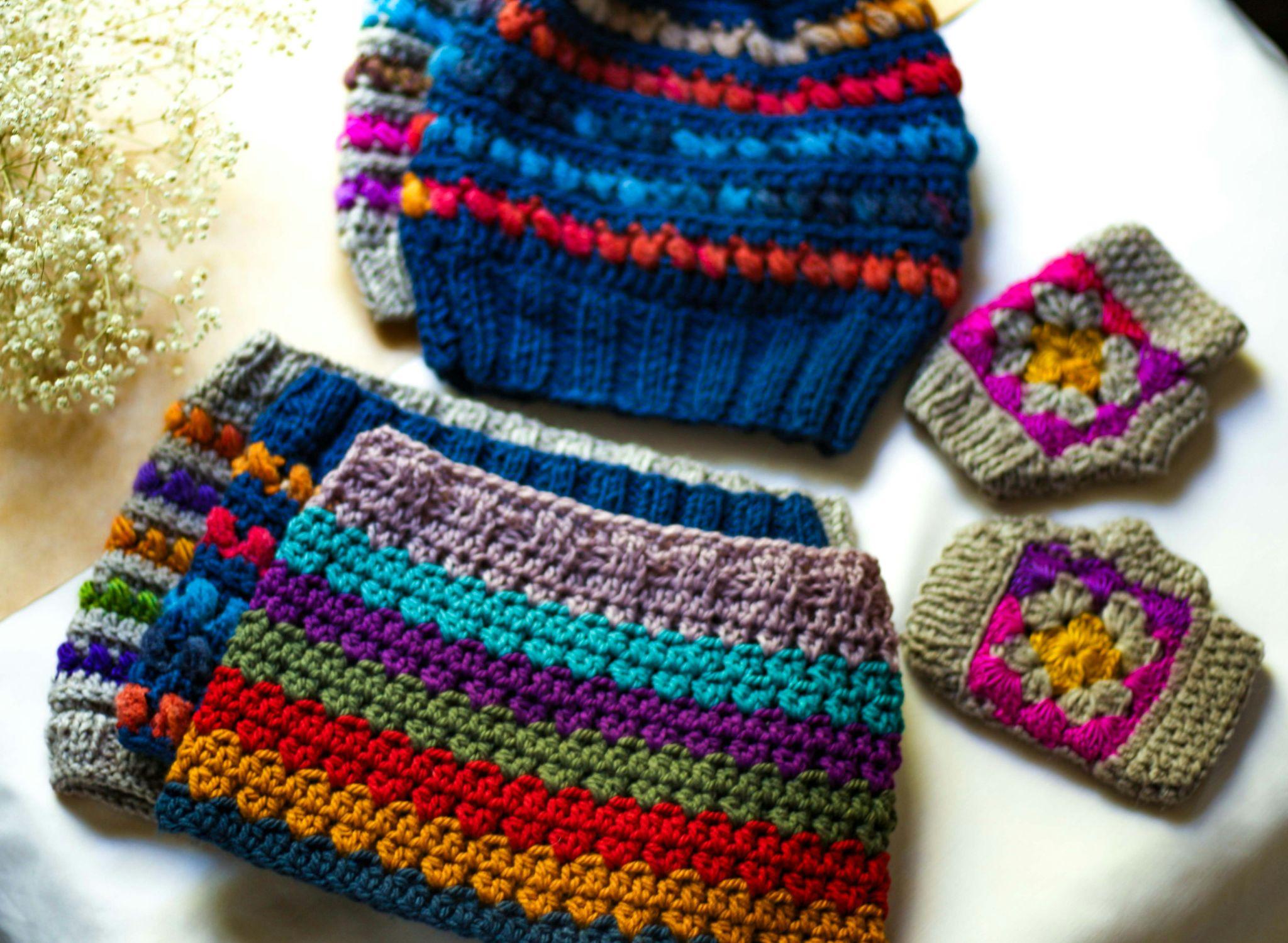
Texture adds another dimension to consider. Smooth yarns like merino or cotton show stitches clearly and create even fabric. Rustic, unspun yarns have character and interest but can split and be harder to work with. Boucle, chenille, and other novelty textures create unique effects but often obscure stitch patterns entirely. Matching texture to project type ensures your hard work shows in the finished piece.
Quality Matters: Investing in Your Craft
Here’s an uncomfortable truth in the crafting world: not all yarn is created equal. The market offers everything from budget basics to luxury fibers, and while price doesn’t always indicate quality, there’s often a correlation worth understanding.
Budget yarns serve a purpose. They’re great for practice, for projects where durability and feel aren’t priorities, and for crafters working within tight financial constraints. But they often sacrifice softness, durability, or colorfastness to hit lower price points. The sweater that pills after one wearing or the blanket that fades after a few washes represents wasted time and effort, even if you saved money on materials.
Mid-range and premium yarns use better quality fibers, superior dyeing processes, and more consistent manufacturing. The difference is noticeable in how the yarn feels in your hands, how stitches look in the finished fabric, and how the item holds up over time. When you’ve invested hours or weeks into a project, using quality materials that honor that time investment makes sense.
For crafters looking to build a collection of reliable, quality yarns, exploring reputable brands known for consistency and quality control is worthwhile. Many experienced crafters have favorite go-to brands they trust for specific project types. Building familiarity with a brand’s range means you can shop with confidence, knowing what to expect from different lines and weights. If you’re ready to explore premium options that balance quality with value, you can shop premier yarns online through retailers that specialize in curating excellent craft supplies and understand what makers need.
Quality yarn shopping also means considering factors beyond the fiber itself. Does the retailer provide detailed product information, including fiber content, yardage, care instructions, and suggested needle or hook sizes? Are reviews available from other crafters who’ve worked with the yarn? Can you access pattern support or project ideas? These elements contribute to a positive shopping experience and project success.
Planning Projects Around Your Yarn
Sometimes you start with a pattern and choose yarn to match. Other times, you fall in love with yarn and need to find the perfect pattern to showcase it. Both approaches work, but they require different planning strategies.
When pattern-first planning, pay close attention to the designer’s yarn recommendations. Patterns are usually tested with specific yarn weights and fiber types, and significant substitutions can affect the finished size, drape, and overall success of the project. If you’re substituting yarn, match not just the weight but also the fiber characteristics. Replacing a specified wool-silk blend with cotton will dramatically change how a garment hangs and moves.
Starting with yarn you love means finding patterns that complement that yarn’s strengths. Got a gorgeous hand-dyed skein with color variations you want to showcase? Simple stitch patterns in shawls or scarves let those colors shine. Found a beautifully soft alpaca blend? Look for patterns with drape and movement that utilize that softness. Purchased a rustic tweed? Consider patterns with texture and traditional styling that match the yarn’s character.
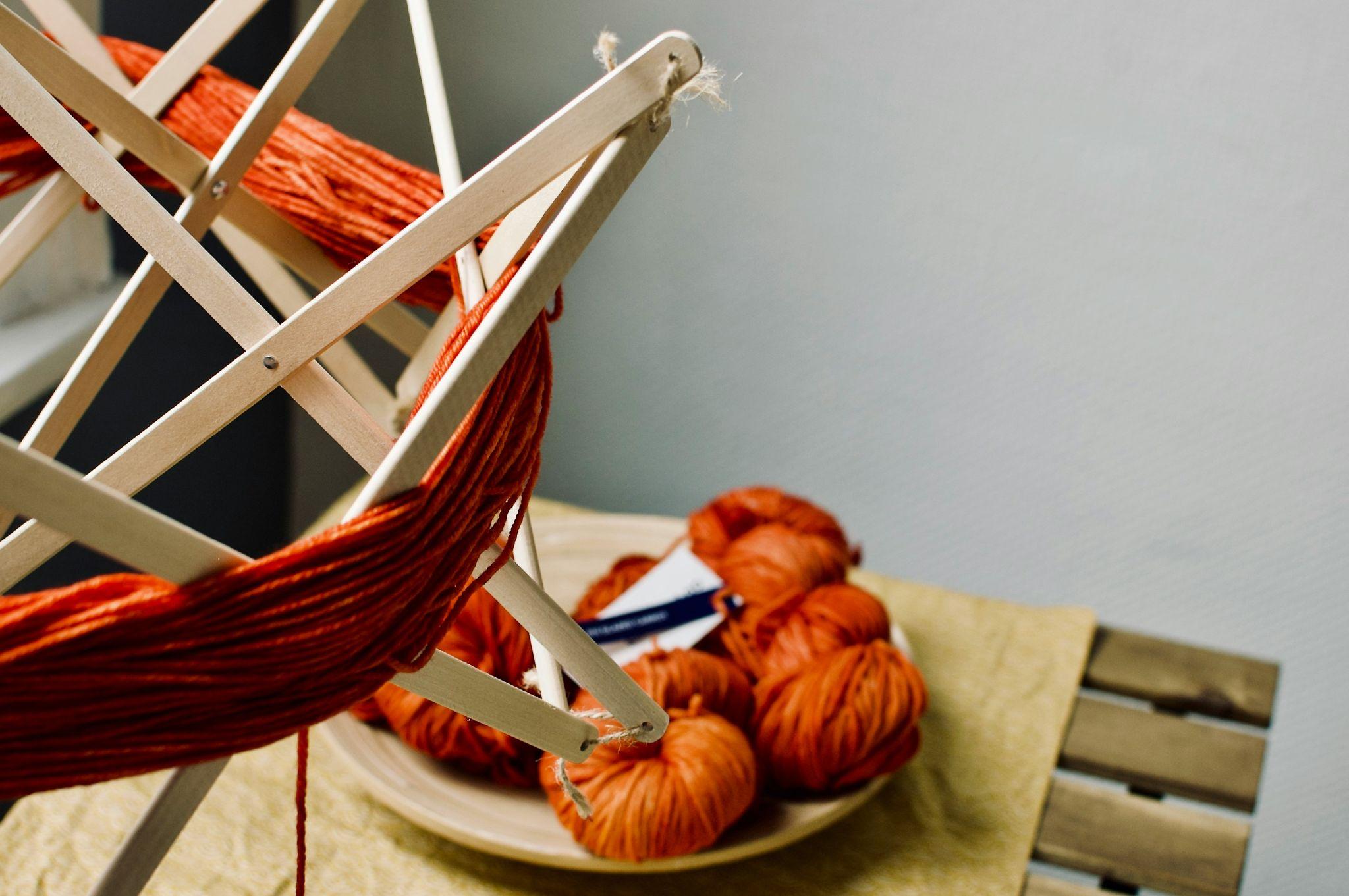
Calculate yardage carefully when planning projects. Running out of yarn three-quarters through a sweater is heartbreaking, especially if you can’t find more from the same dye lot. Most patterns provide yardage requirements, but if you’re designing your own project or making significant modifications, use a yardage calculator or err on the side of buying extra. Leftover yarn always finds a home in scrap projects, but running short can derail an entire project.
Consider care requirements when choosing yarn for specific projects. Machine-washable yarns make sense for baby items, children’s clothing, and household items that need frequent laundering. Hand-wash-only luxury fibers are perfect for special occasion garments and decorative pieces. Matching care requirements to the item’s intended use prevents disappointment and ensures your finished project remains beautiful.
Building Your Yarn Stash Wisely
Many crafters accumulate what’s affectionately called a “stash” of yarn purchased for future projects. A thoughtfully built stash provides inspiration and ensures you have materials on hand when creativity strikes. However, there’s a difference between a useful stash and overwhelming clutter.
Start by organizing what you have. Group yarns by weight, fiber type, or color, depending on what makes sense for your crafting style. Knowing what you own prevents duplicate purchases and helps you identify gaps in your collection. Maybe you have loads of worsted weight but nothing in fingering for that lace shawl you want to make. Understanding your inventory guides future purchasing decisions.
Buy with purpose when possible. See a gorgeous skein at a fantastic price? Great, but ask yourself what you might make with it. Do you have enough for a complete project, or will you need more? Is it a fiber and weight you actually enjoy working with, or are you just attracted to the pretty colors? Purposeful purchasing leads to a stash that works for you instead of one that creates guilt or overwhelm.
That said, leave room for inspiration purchases. Sometimes you see yarn that speaks to you, and even without a specific project in mind, you know you’ll find the perfect pattern for it. These impulse buys often become favorite projects because they’re driven by genuine excitement rather than obligation. Balance is key.
Caring for Your Yarn and Finished Projects
Proper care extends the life of both your yarn stash and completed projects. Store yarn in a cool, dry place away from direct sunlight, which can fade colors over time. Plastic bins or fabric bags protect against dust and pests. Cedar balls or lavender sachets naturally deter moths without harsh chemicals.
For finished projects, follow care labels carefully. Hand-washing is gentler than machine washing for most natural fibers. Use lukewarm water and a soap specifically designed for woolens or delicates. Never wring or twist wet knits; instead, gently press out excess water and dry flat on a towel. Hanging wet knitted items leads to stretching and misshaping.
Blocking transforms finished projects, especially lace, cables, and garments. The process involves wetting the item and pinning it to specific measurements, then allowing it to dry completely. Blocking evens out stitches, opens up lace patterns, and can adjust sizing slightly. It’s the professional finish that elevates home-crafted items to look truly polished.
The Joy of the Journey
At the end of the day, choosing yarn and creating with it should bring you joy. Yes, understanding weights and fibers and quality helps you make informed decisions, but don’t let analysis paralysis prevent you from simply starting. Some of the best lessons in crafting come from projects that didn’t turn out quite as expected. That scratchy sweater I mentioned at the beginning? It taught me more about fiber choice than a dozen articles could have.
Trust yourself to learn as you go. Start with yarns that feel good in your hands and colors that make you happy. Try different fibers and weights until you discover your favorites. Join crafting communities where you can ask questions and share experiences. Most crafters love discussing yarn and are happy to offer advice or recommendations.
Your crafting journey is uniquely yours. The projects you choose, the yarns you’re drawn to, and the techniques you develop all reflect your personal style and interests. Embrace the learning process, celebrate your finished projects (even the imperfect ones), and remember that every stitch you make builds your skills and confidence. Whether you’re creating practical items for daily use, handmade gifts that carry your love, or art pieces that showcase your creativity, the time you spend crafting is time well spent. Choose your materials thoughtfully, work with intention, and enjoy every moment of bringing your creative visions to life.
